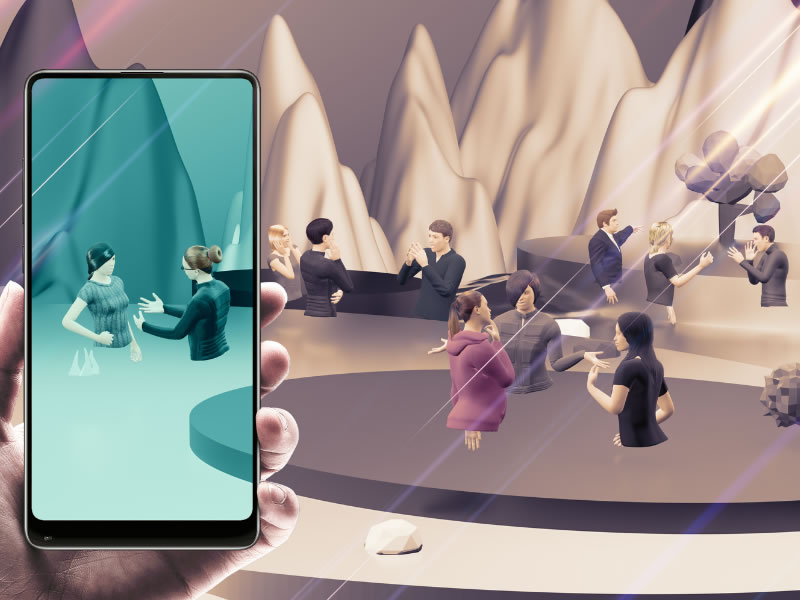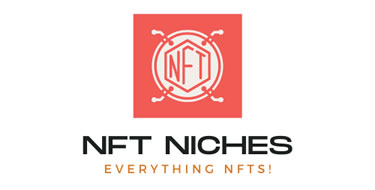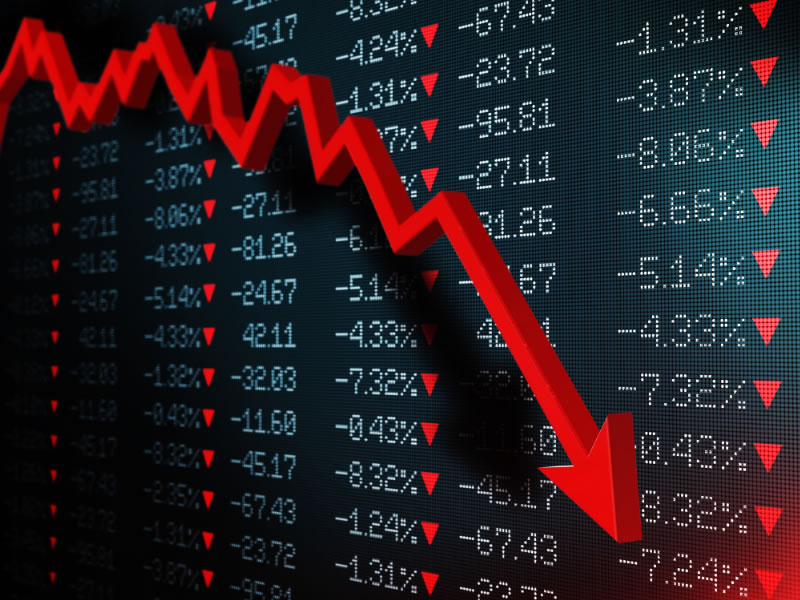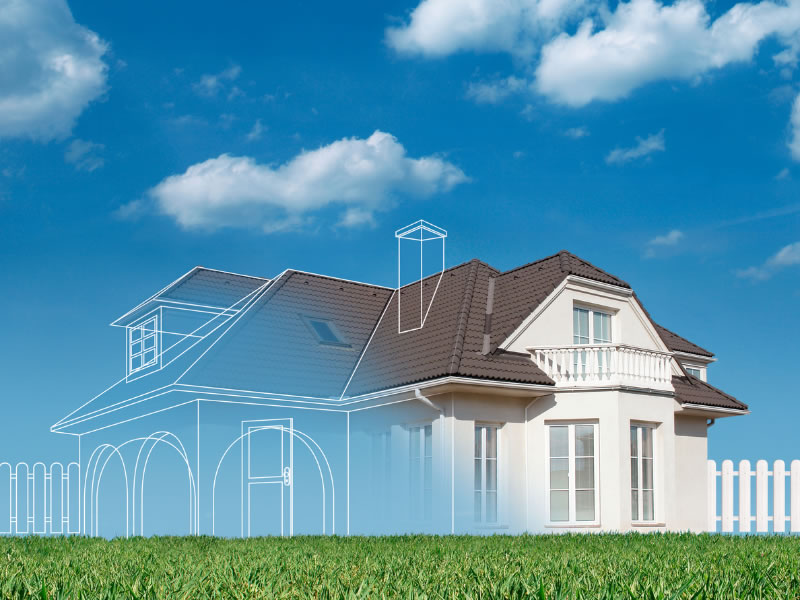With the recent craze of ape and goblins, even the most passionate NFT advocate could put a case forward to argue whether NFTs are useless, and not worth the time invested.
Spending $200 on a cartoon character, and paying an additional $250 in gas fees, in the hope the NFT will rise in value, seems like a crazy investment strategy.
What though if you learned NFTs could be the most useful, and most trustworthy innovation created so far?
It’s true, they could, and it is highly possible they will be integrated in to all our daily lives.
Each NFT is created for an individual purpose. This could be ownership of art, membership subscription, royalty share, exclusive perks, realtor deeds or just cartoon apes to be traded as part of an uber-exclusive social status club. NFTs offer validity, authentication, and audit history. NFTs have many worthwhile uses.
Those not familiar with the concept of NFTs and the blockchain often misunderstand its purpose and intended use.
The media’s portrayal is of crazy individuals spending hundreds of thousands of dollars on cartoon apes, that those individuals make those millions overnight as they sleep, and the NFTs created having no purpose.
This is true for the small number of NFTs showcased by the media, but by belittling the technology and power of NFTs to suggest it’s purpose is to trade digital images of cartoon apes, is like building the most powerful supercomputer and just using it to calculate 1+1.
In this article we will look at the arguments to support the uses, and potential uses, of NFTs and also look at how current trends are creating a very negative association of the NFT industry, and giving the impression NFTs in general are worthless.
The Use of NFTs
NFTs have far many uses outside digital cartoon characters.
To understand the uses of NFTs, it’s important to understand what an NFT is.
An NFT stands for a Non-Fungible Token. It means the token is unique, identifiable, non-replaceable and offers a full authentication status and history.
So, what does this actually mean?
Imagine you wrote a song and have a royalty contract in place giving you revenue each time the song was played over the airwaves and media.
The contract would be signed, and if a dispute arose between royalties earned and royalties paid, the contract would be revisited and potentially used in court.
The piece of paper with signature would be investigated and used in a ruling. What if the legitimacy of the contract was in doubt?
Who could correctly verify the signatures, the content, the wording, the true ownership etc.?
Now fast forward a few years and imagine the contract not as a piece of paper sitting in a lawyer’s vault somewhere, but instead the contract is now an NFT on the blockchain.
The NFT is owned by you with a specific set of rules engraved on the blockchain at the time of the NFT creation – or mint – where the ownership and details within could never be faked, replicated, or questioned.
Now fast forward a few years more and imagine a concept where any media outlet who uses the song must connect with the NFT through the blockchain first, where royalties are instantly paid direct to you and from the media outlet with full transparency.
This scenario represents one tiny potential of NFTs.
Some people confuse the concept of NFTs with digital cartoon images. The cartoon image represents the art bought, but the NFT is the contract underneath the art providing the authentication of the piece and audit history.
How many pieces of art are faked?
Copies produced in their thousands have entered the market duping unsuspecting investors out of vast sums of money.
NFTs can’t be faked. They exist with a unique identifier on the blockchain with full accountability.
If someone tried to recreate the NFT not only would the NFT token ID be wrong, but the originator’s ID would be wrong as it can’t be cloned. The creation date would be wrong as it can’t be faked, the previous ownership can’t be wrong, and so on.
NFTs will be the trading contracts of the future.
When are NFTs Worthless?
Although we have looked at the value of NFTs in general, there are times where individual NFTs are indeed worthless.
If you had an old TV from the early 2000s that no longer switched on, had a dent in the side and scratches on the screen it would probably be worthless.
This doesn’t mean the concept of TVs is worthless.
Worthless NFTs are those where there is zero demand for the individual item, and there are tens of thousands of these.
The value of an NFT, like almost everything, is based on its demand.
If there is zero demand, there can be no value. An NFT, like any object, is as valuable as the price someone is willing to pay for it.
NFT projects launched in their thousands in search of a sellout mint and millions of dollars in seed capital to launch a start-up, project, ethical cause and more.
Maybe the creators rug pulled their community, collecting millions of dollars in NFT sales and leaving NFT holders with worthless NFTs in their wallet.
Perhaps the project just didn’t sell enough NFTs and are not holding on to enough capital to properly launch their business. Funds may have run out quickly, the NFT project closed and NFT holders left, again, with worthless NFTs.
It wouldn’t take long to stumble across a worthless NFT, in fact there are considerably more worthless NFTs than valuable ones, but this alone doesn’t mean the technology and concept of NFTs is useless or worthless.
Future Benefits of NFTs

We have looked at a couple of examples so far, but the real future benefit is authentication and accountability.
The blockchain requires a series of complex mathematical calculations to be solved in order for a transaction to be validated on the blockchain.
A transaction could be the mint, buy or sell of an NFT, as well as a smart contract used to mint and control the NFT collection in the future.
This validation is either performed by Miners, who use powerful computer rigs to solve these calculations for a fee, or by staking cryptocurrency. This latter process exists on blockchains such as Solana and Polygon using their Proof of Stake model.
This validation ringfence, around the blockchain keeps in safe and secure, it’s like the safest vault ever created.
Contracts and agreements can be digitized, validated, and stored on the blockchain forever more.
You only need to consider the number of institutions, both personal and professional, that rely on contracts and agreements to see just how big and valuable the NFT technology can be in the future.
Are NFTs Useless – In Conclusion
NFTs as a technology are far from useless. The number of uses is considerably large, and the value the authentication of the blockchain can provide is almost immeasurable.
Once the NFT world pivots to providing real benefits, the worth and uses of NFTs will become more realized.
If the meantime, there’s always apes and goblins to buy!






